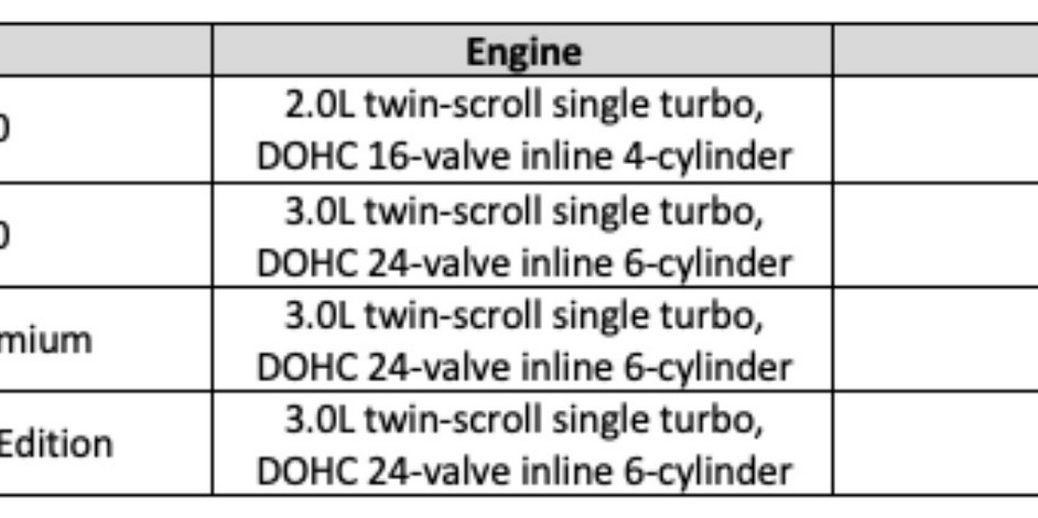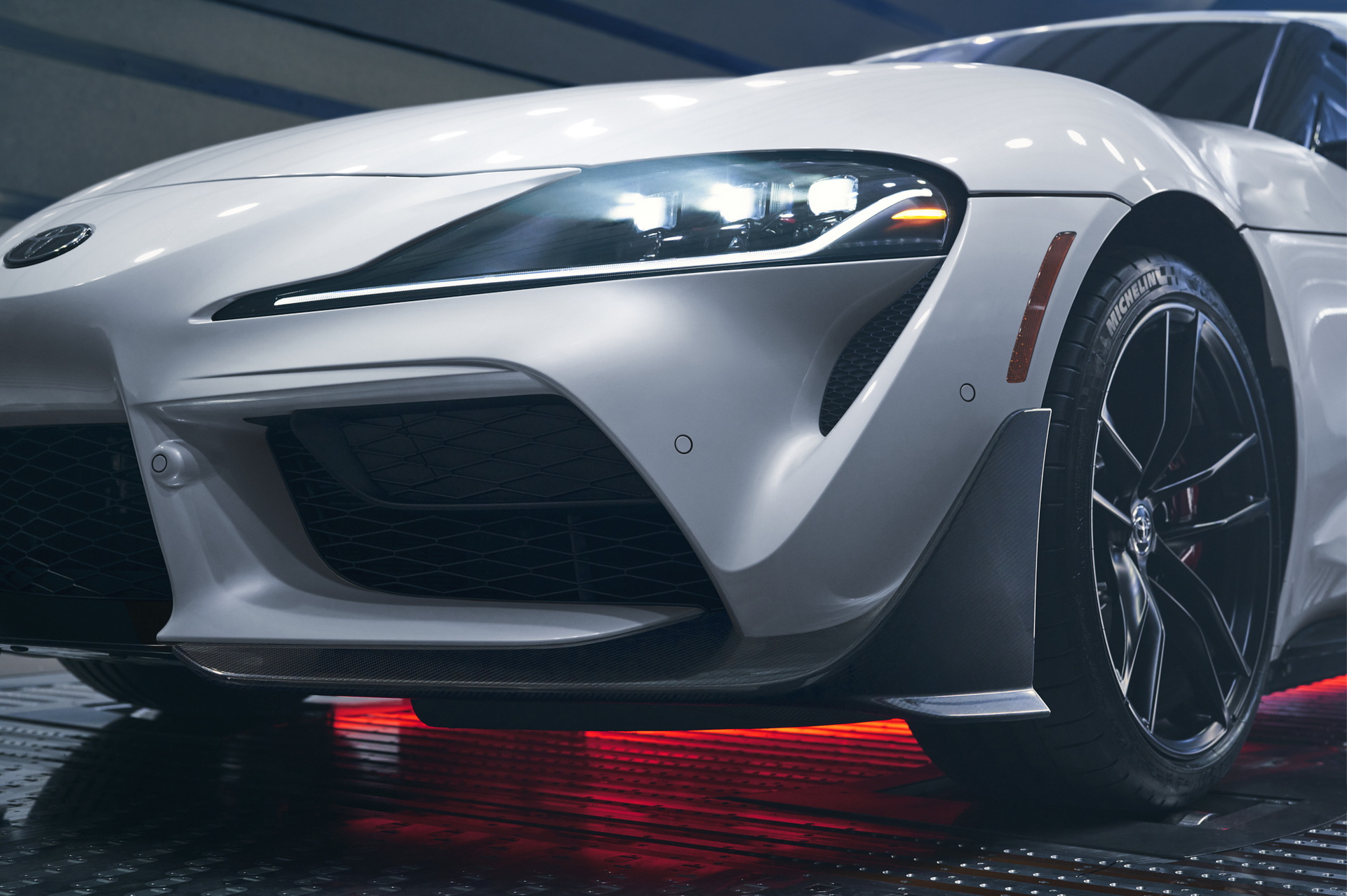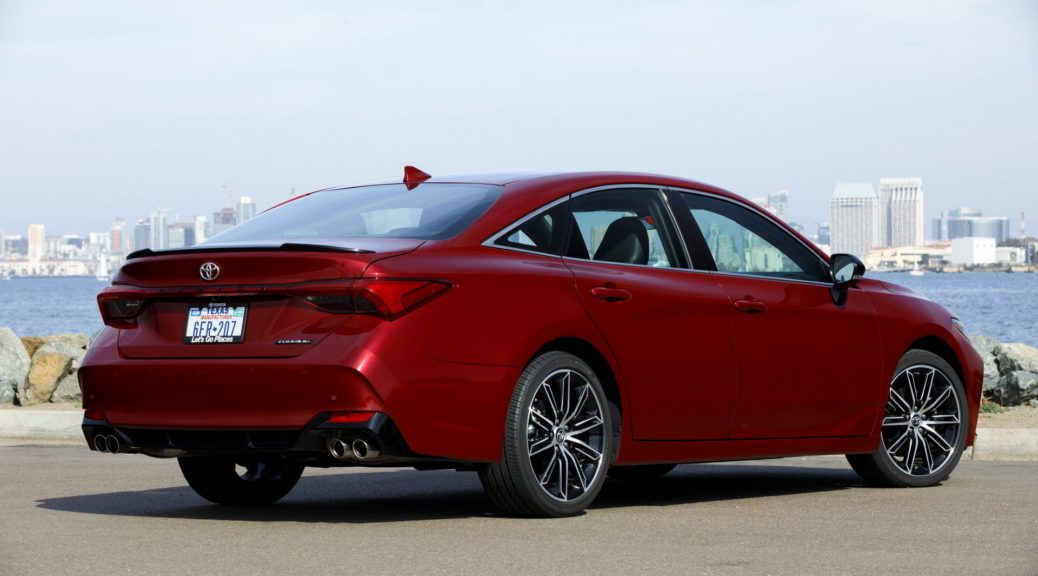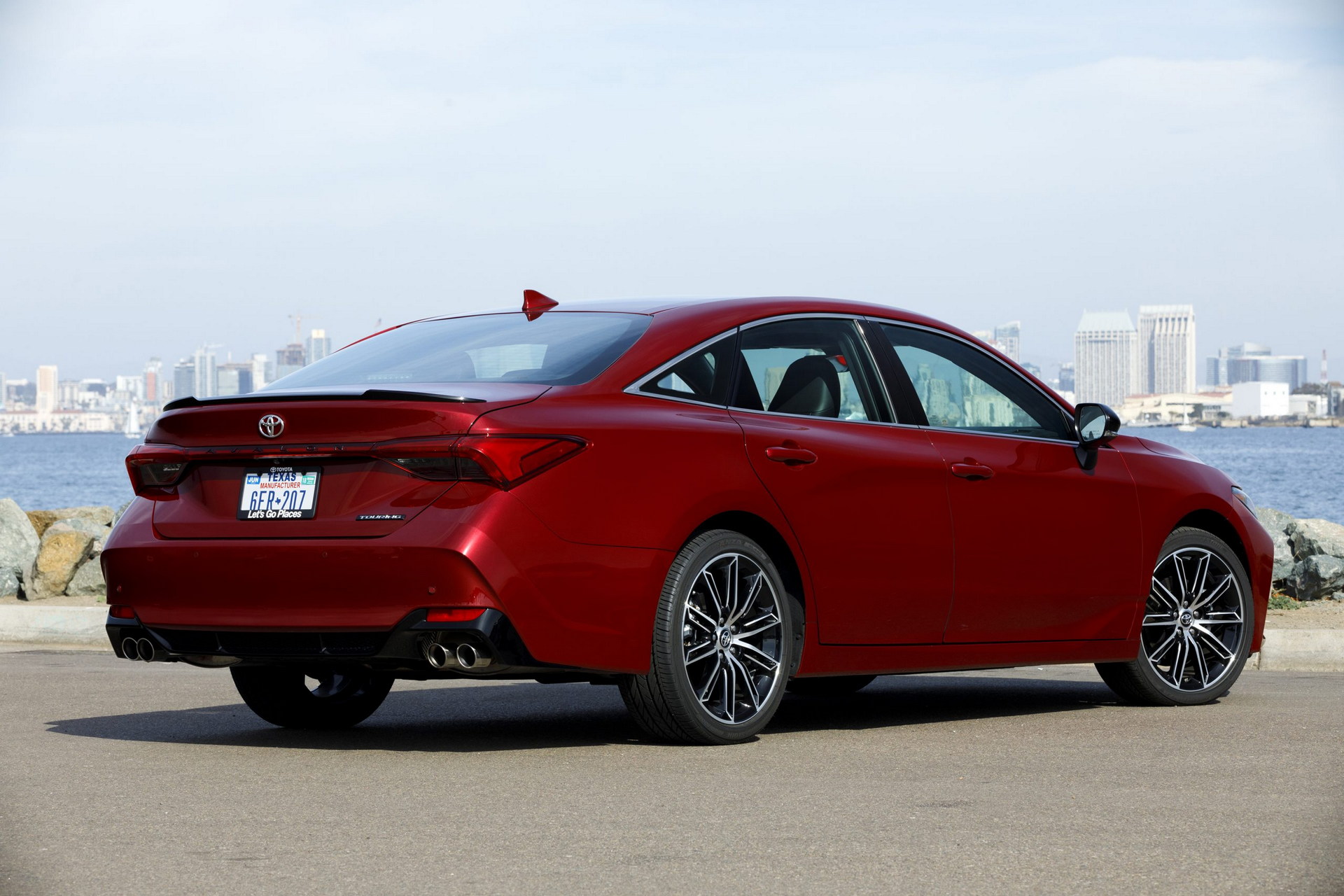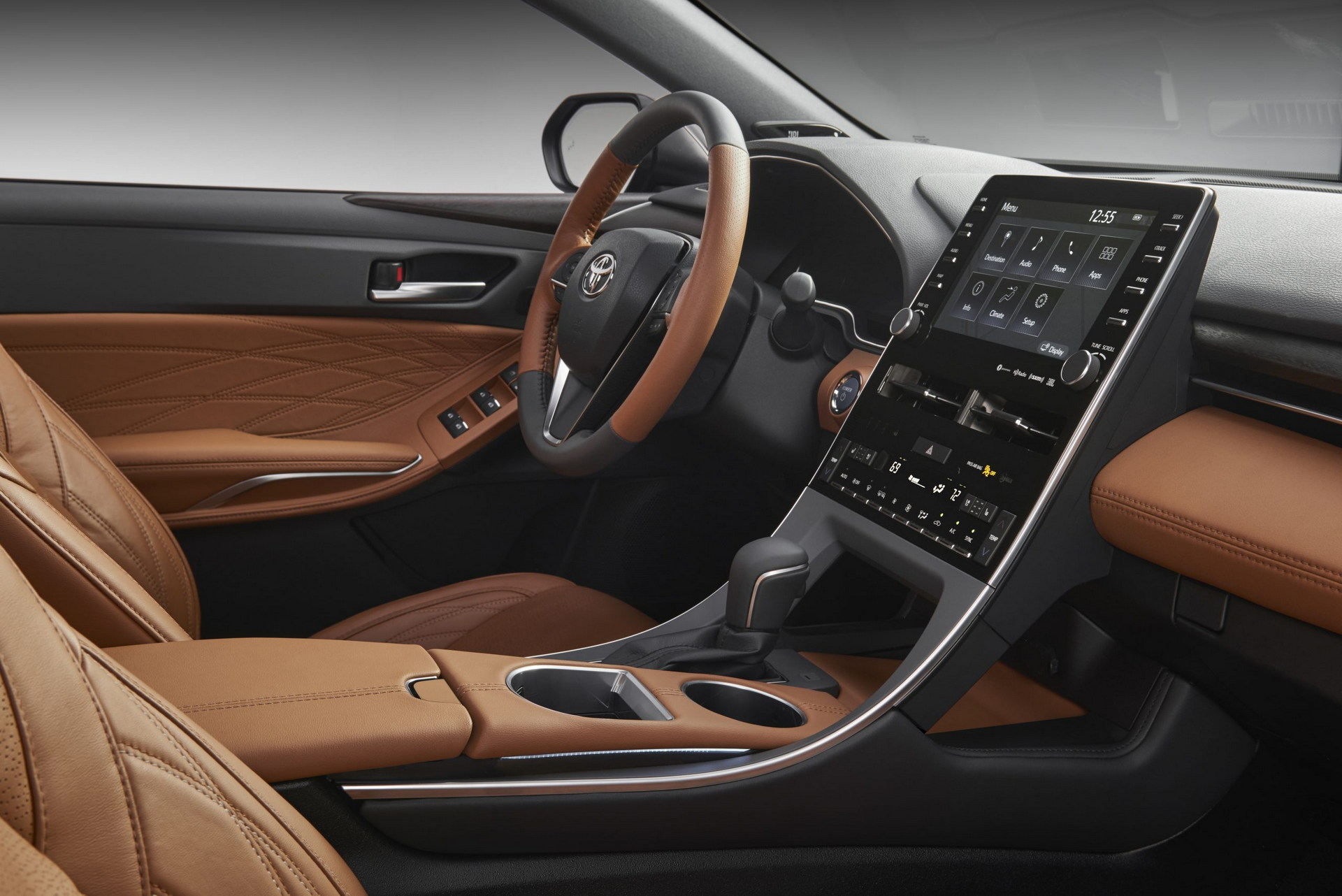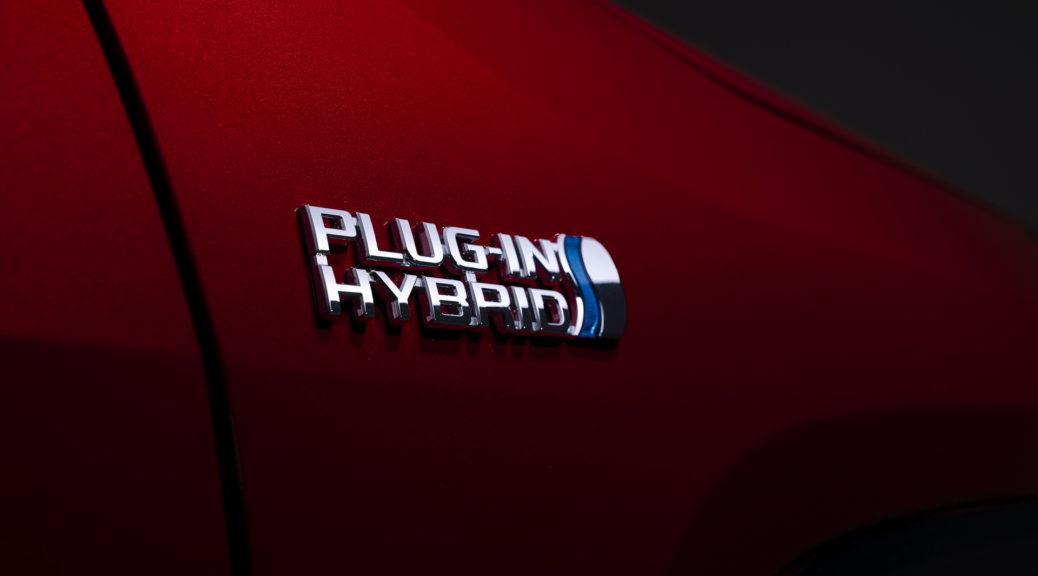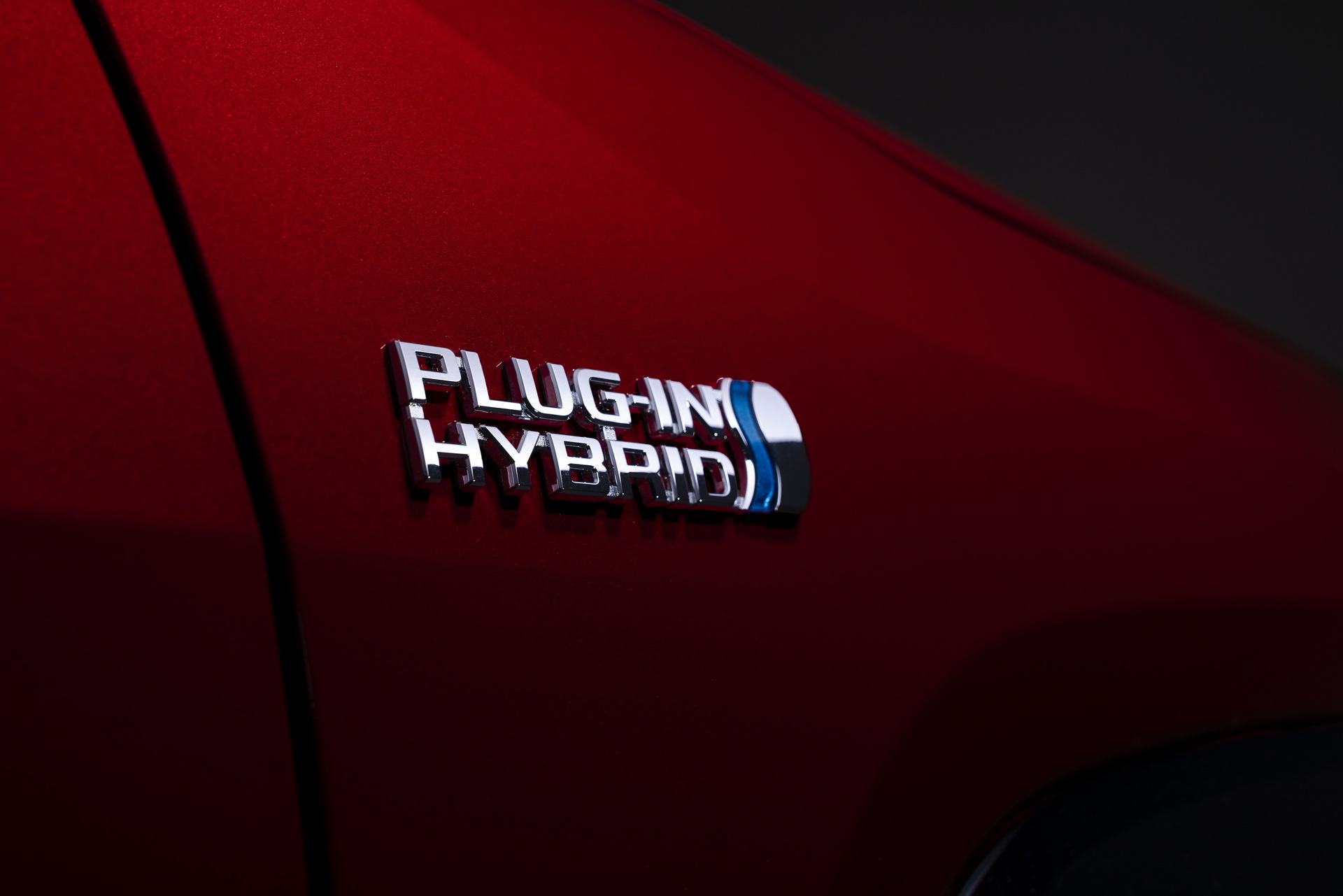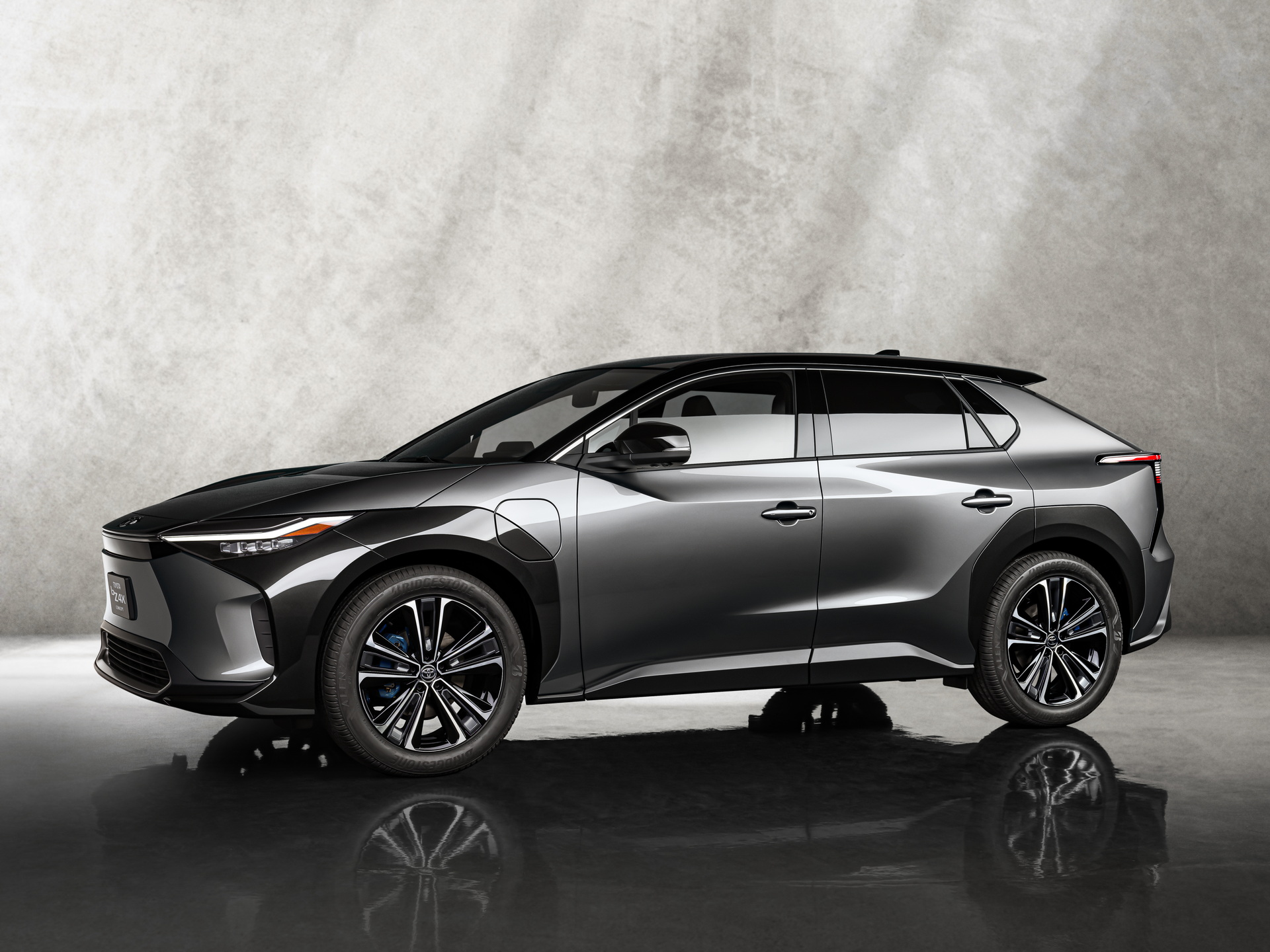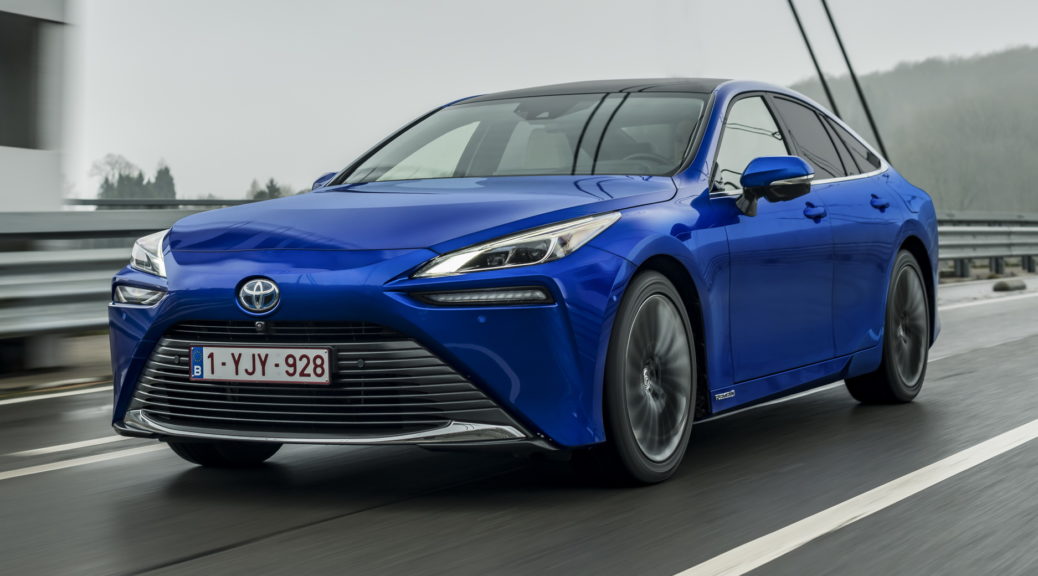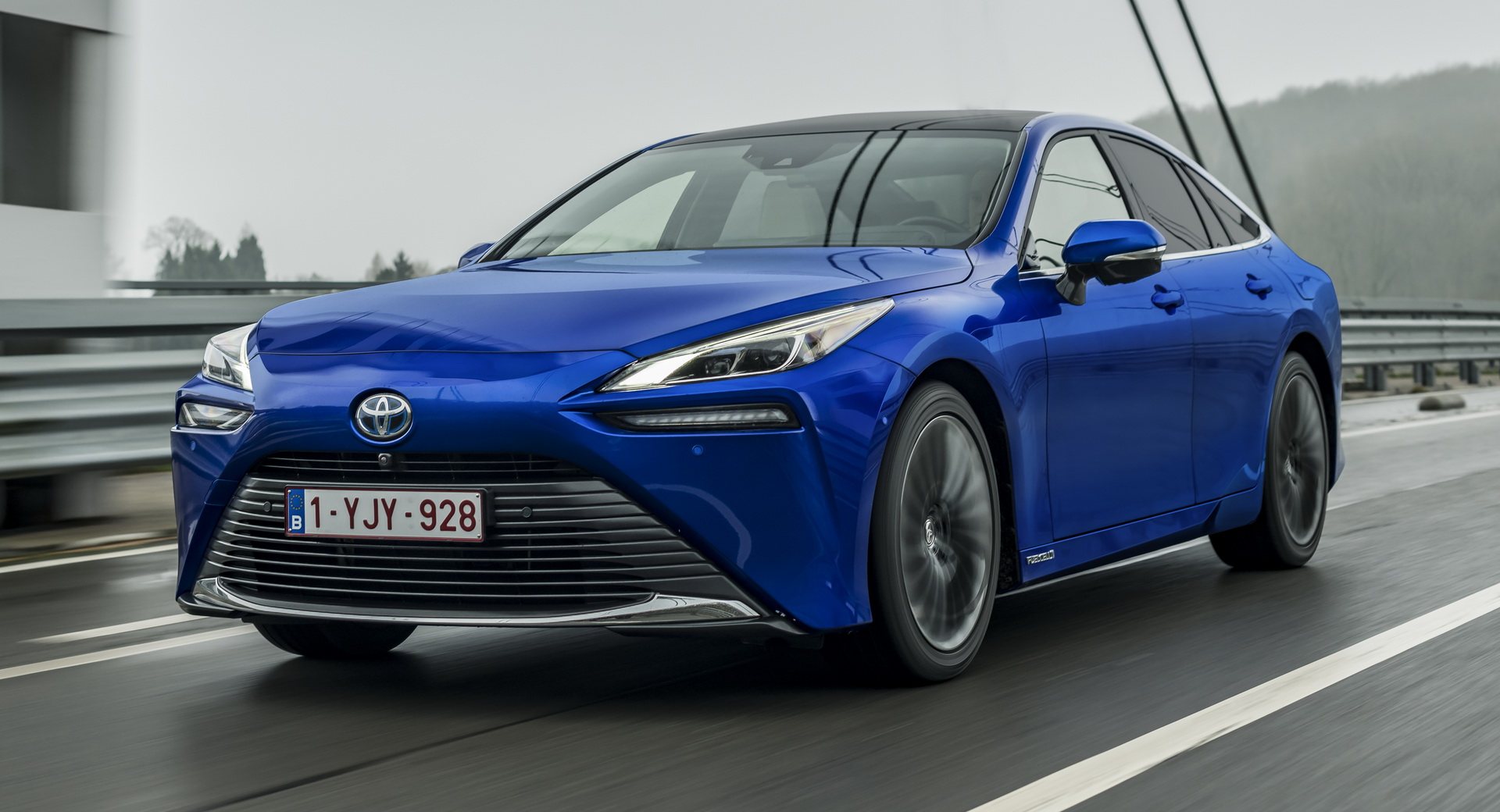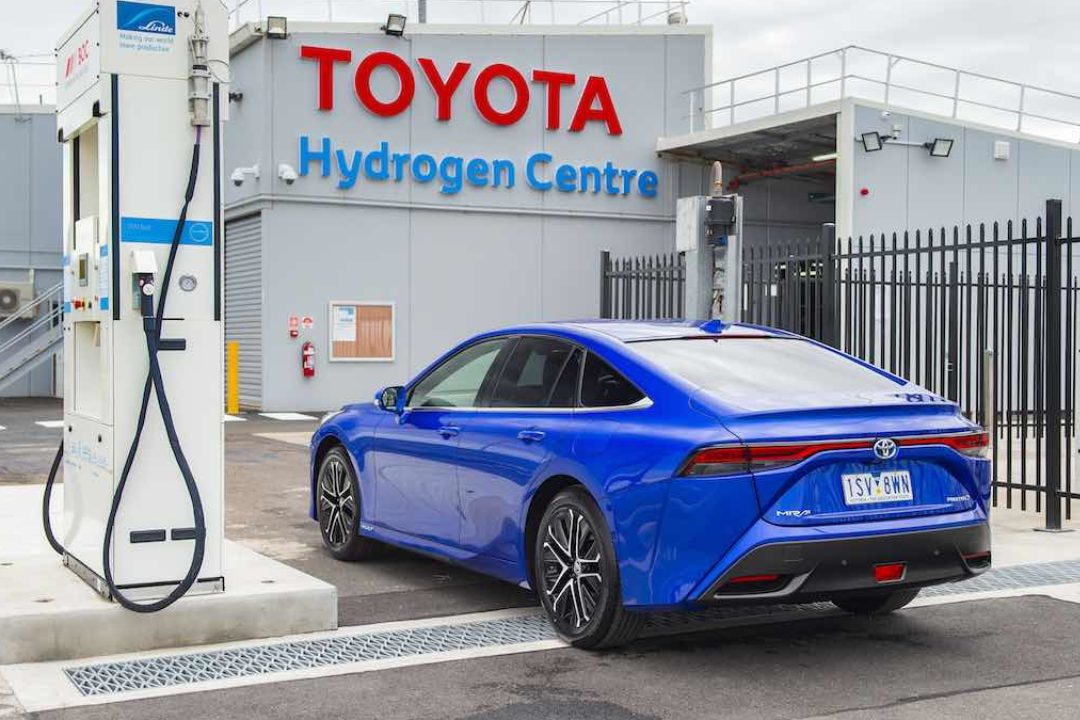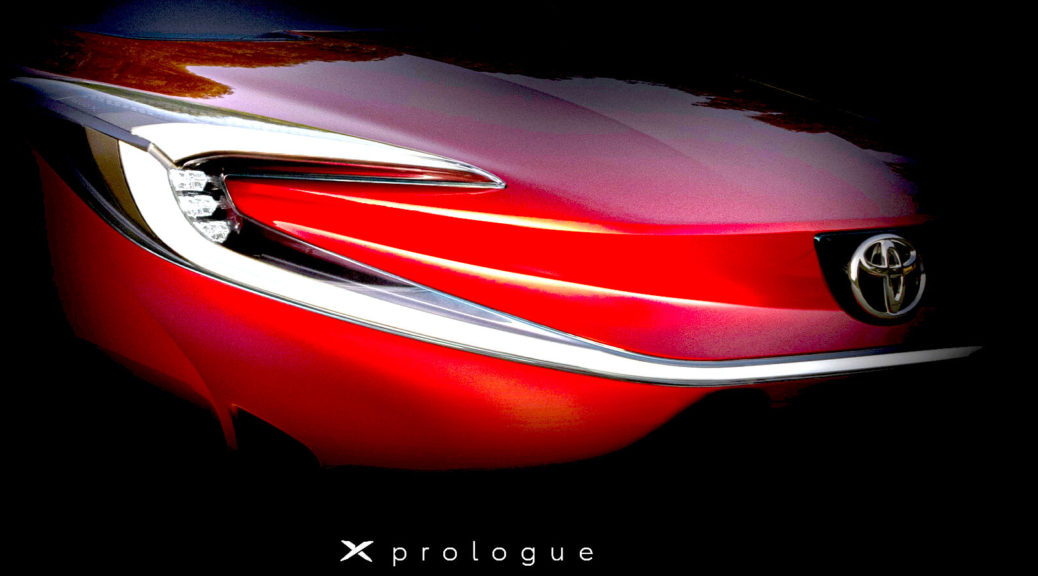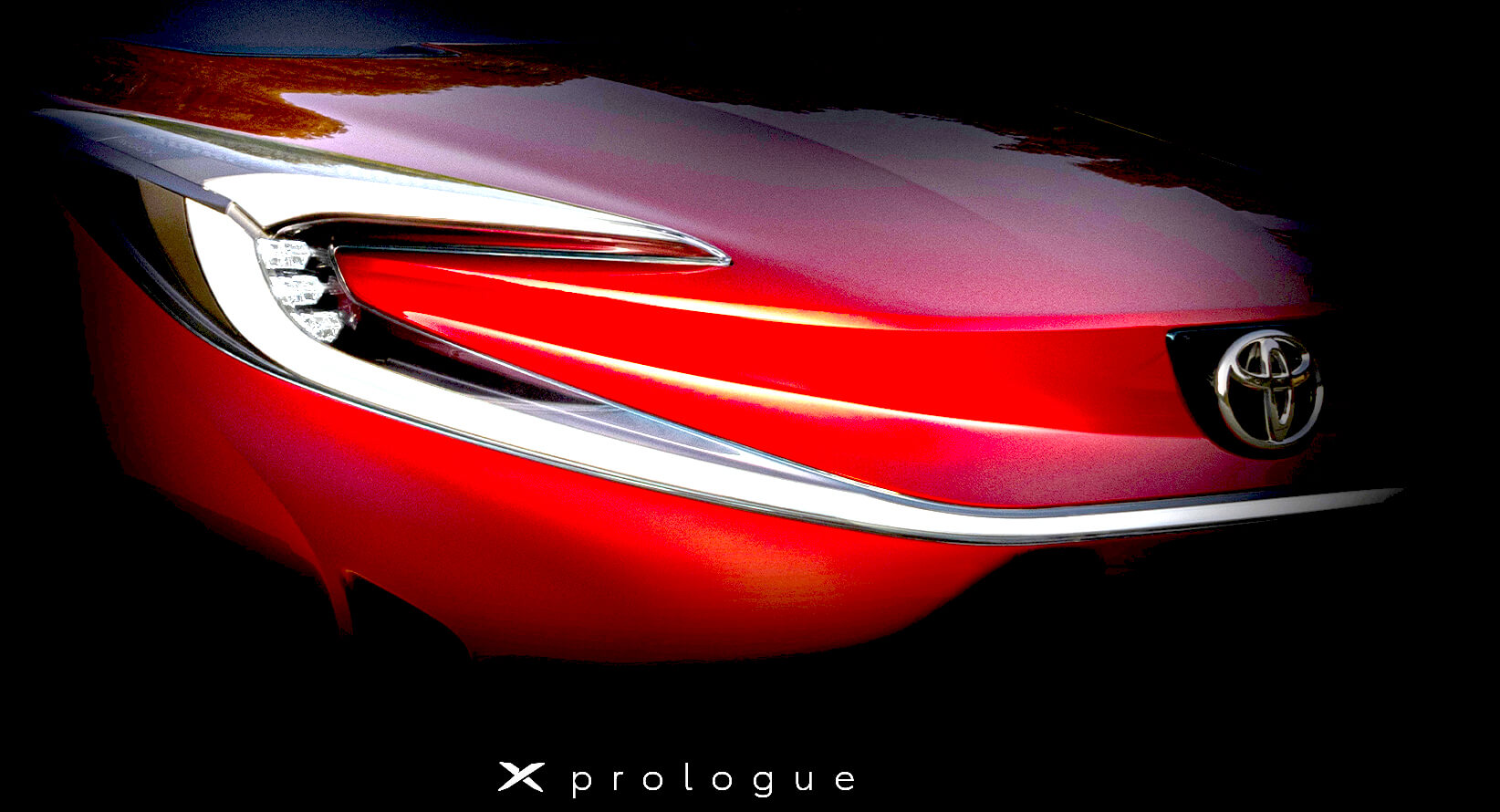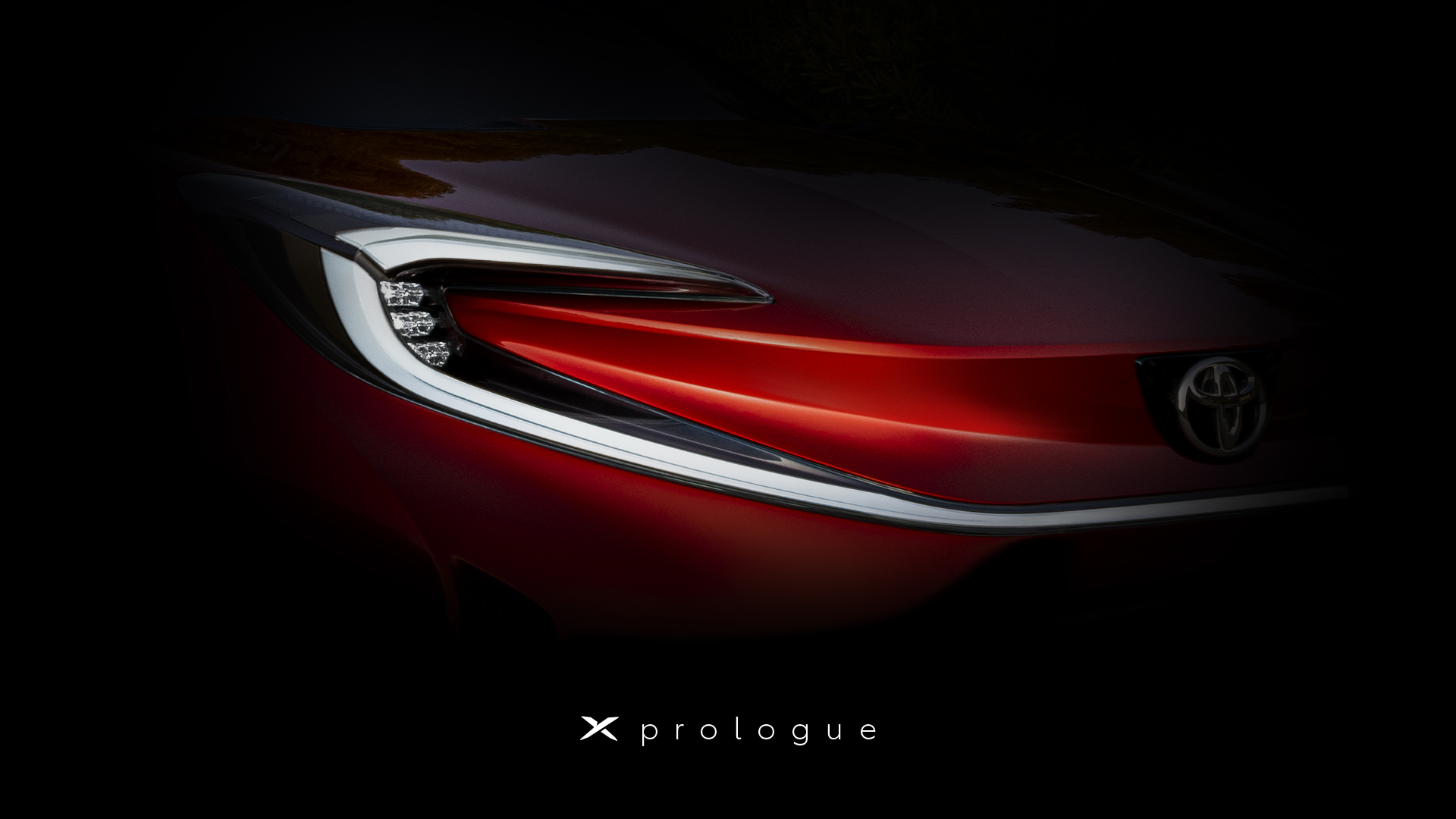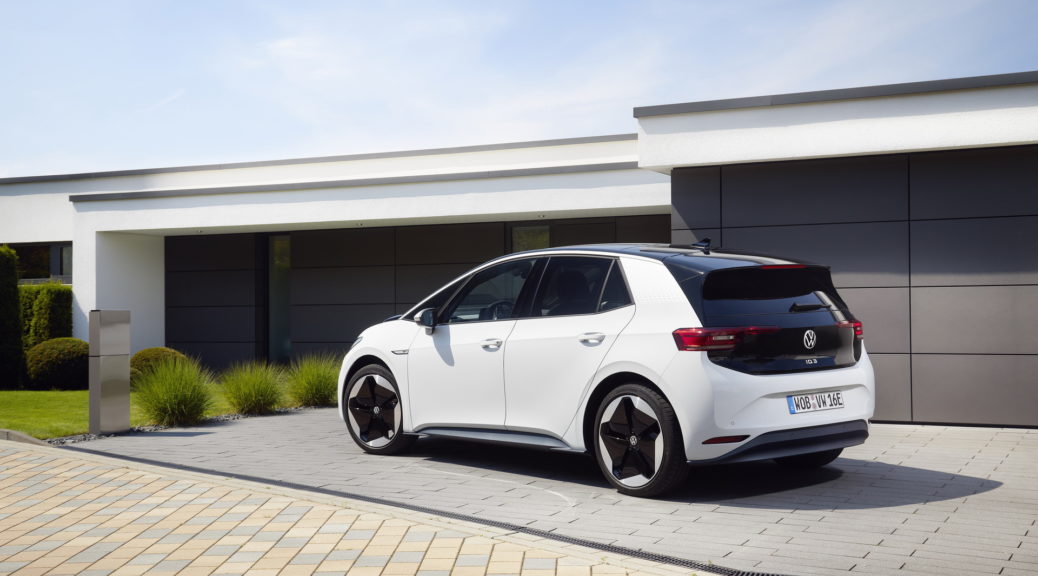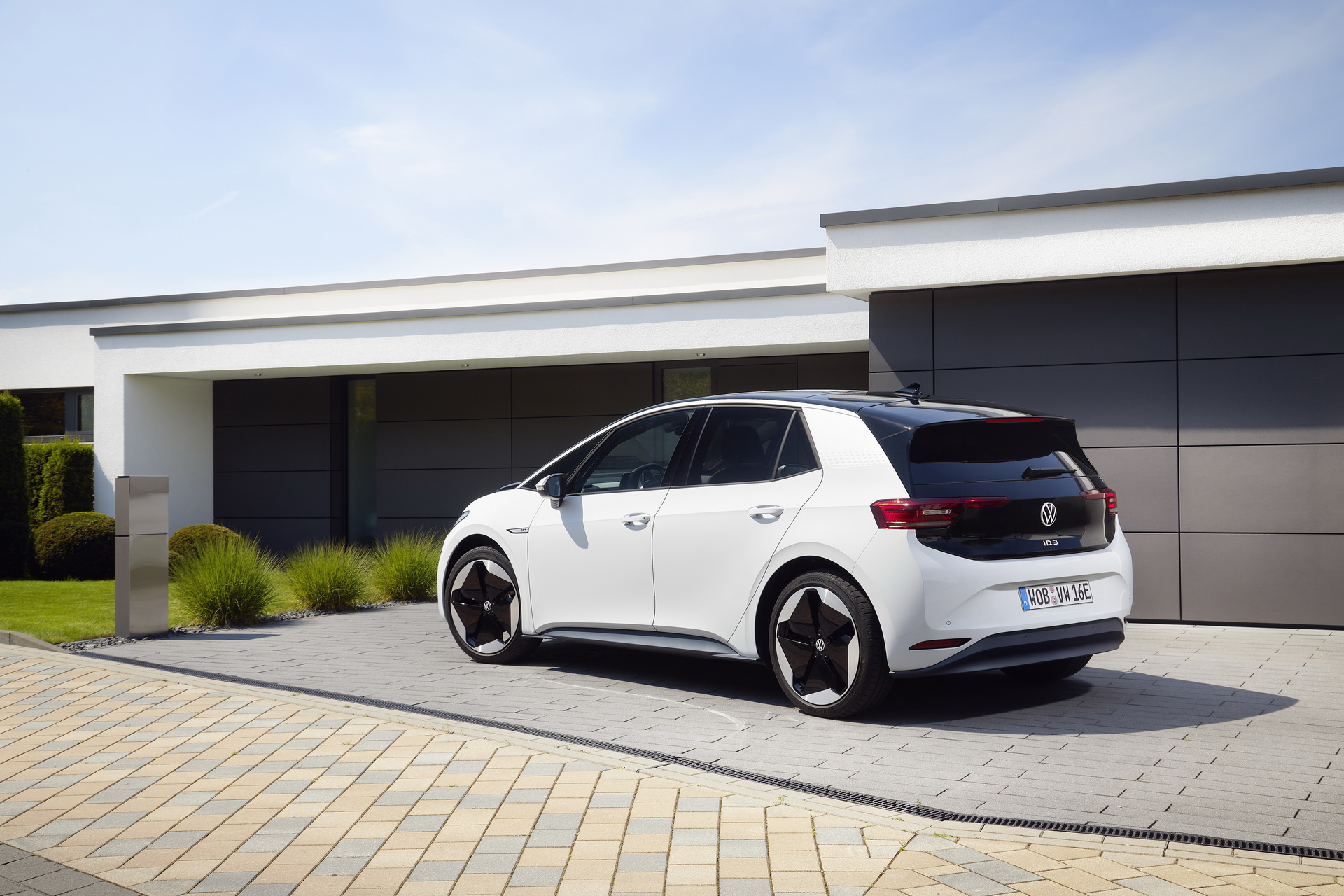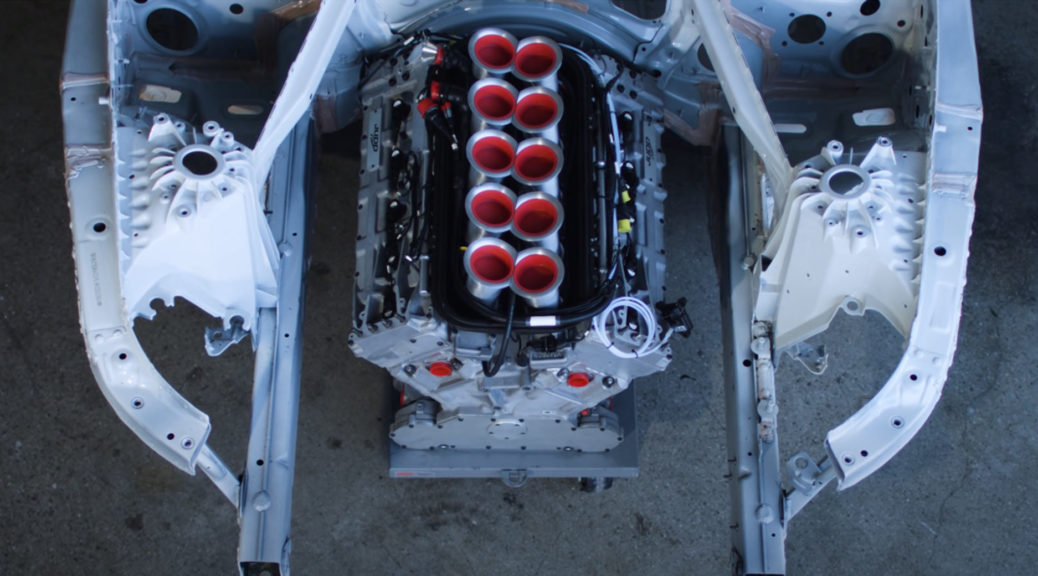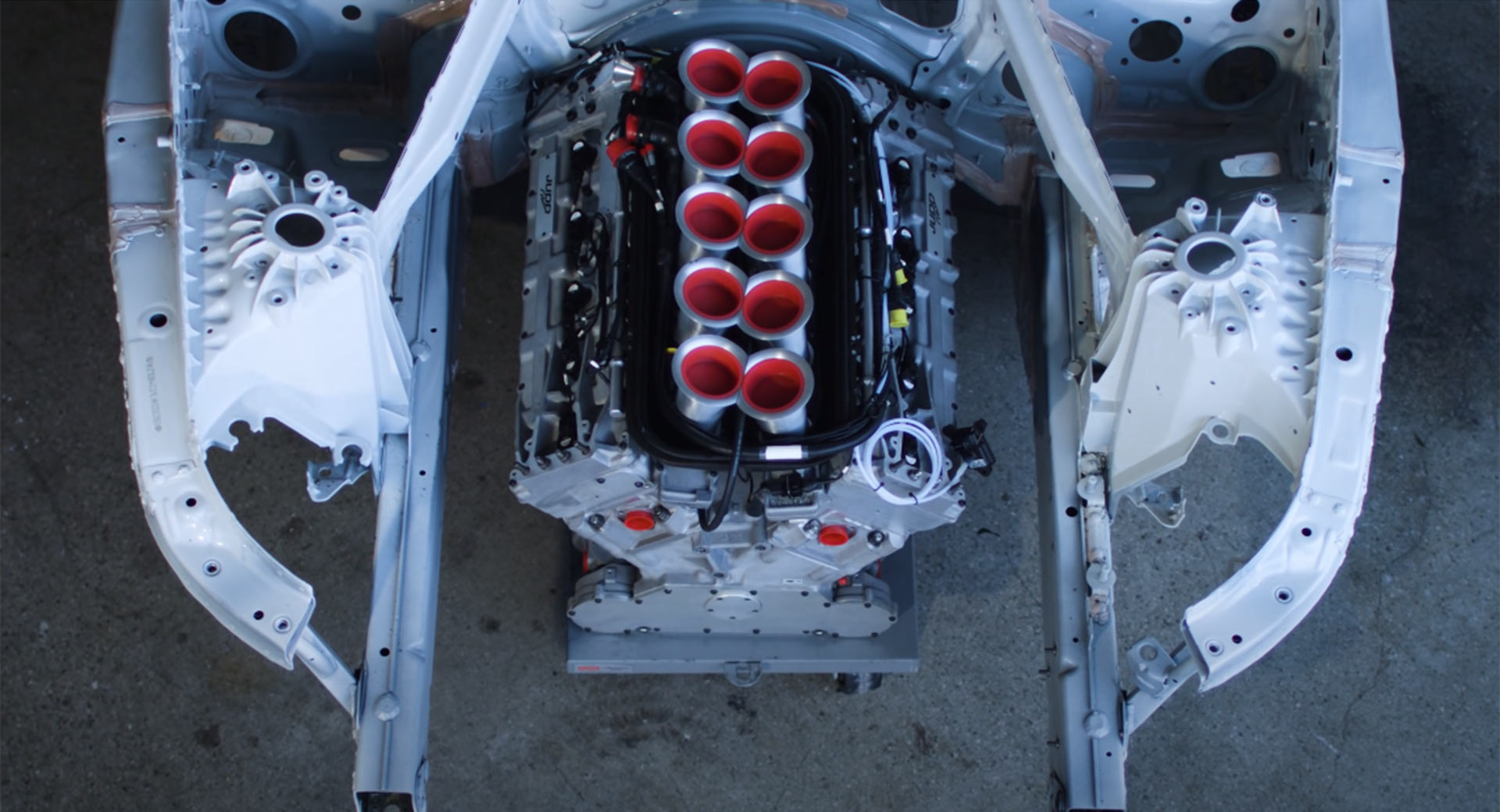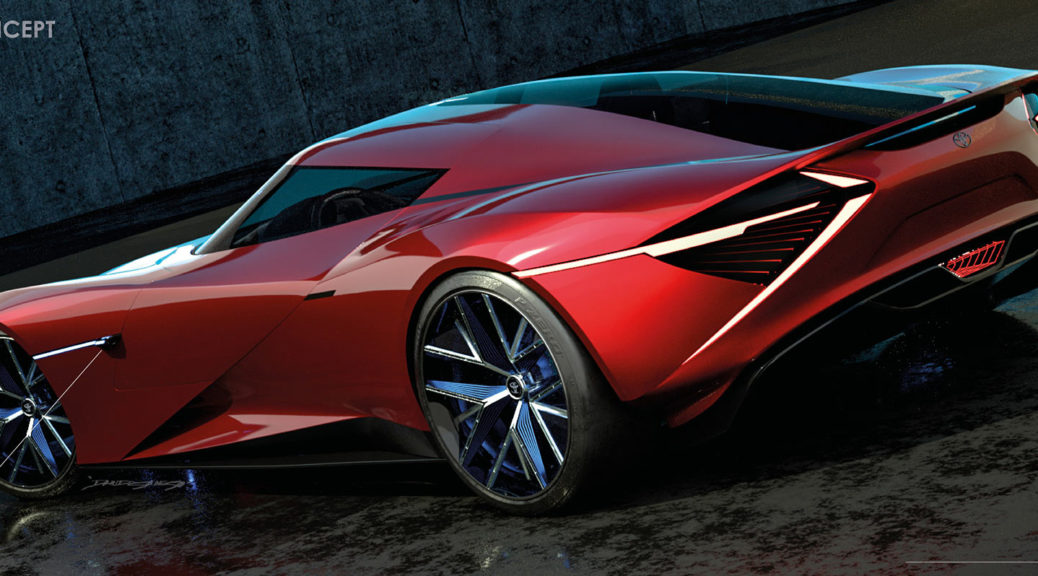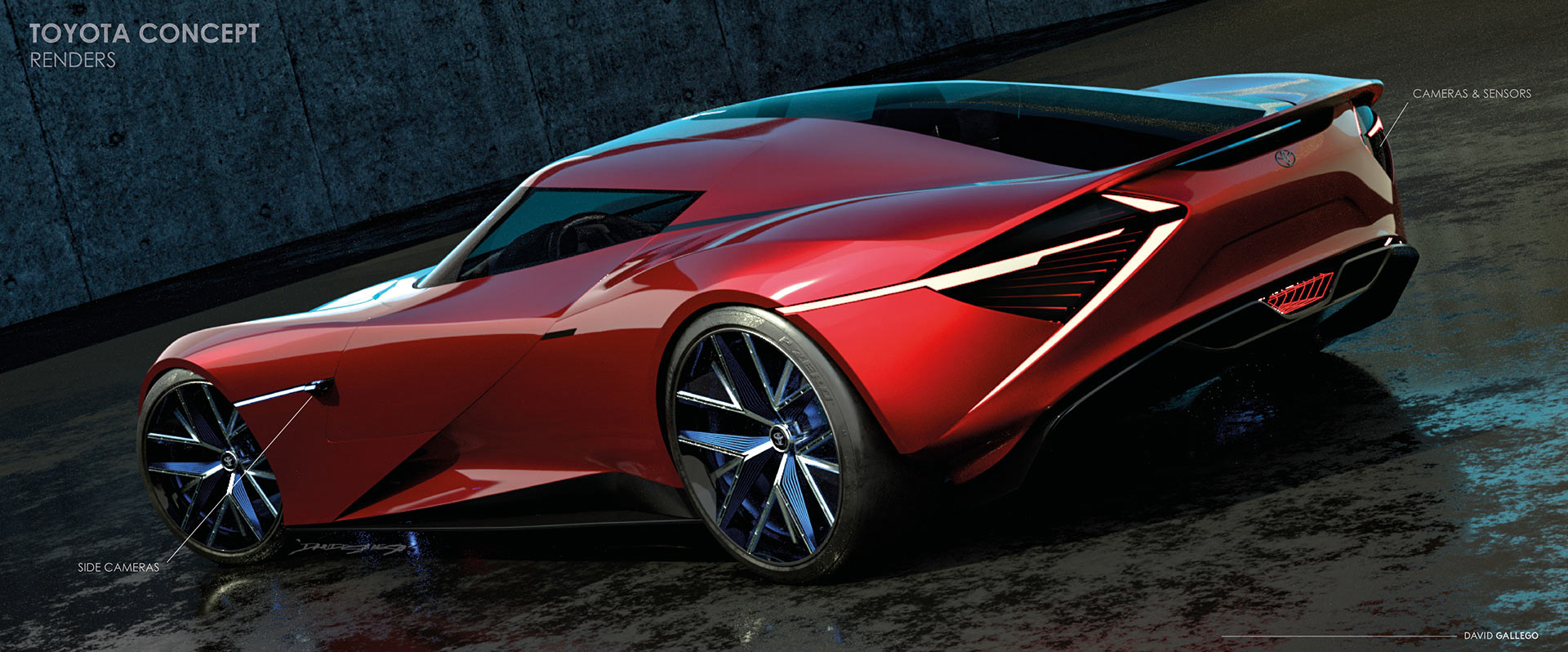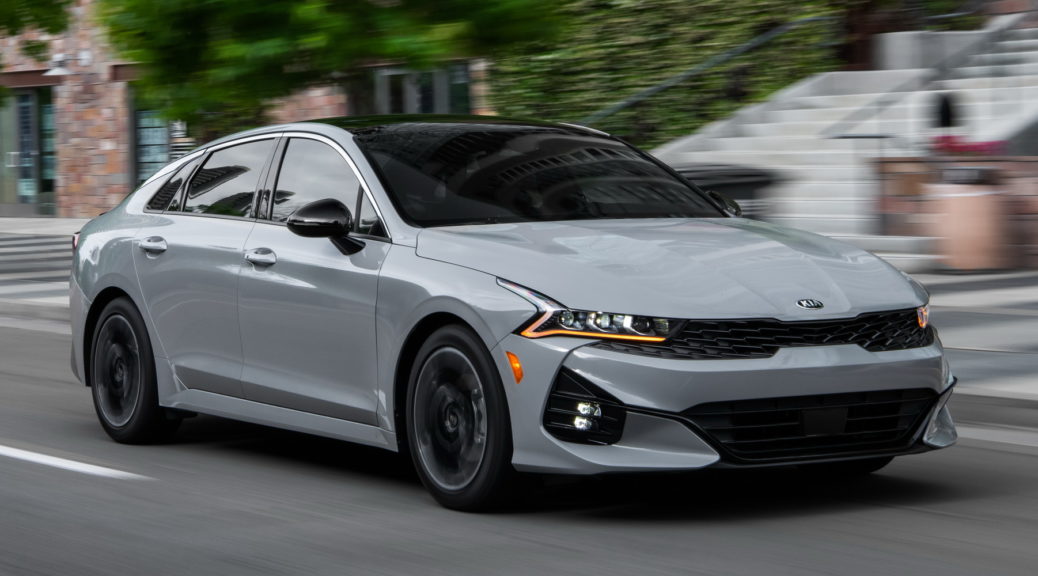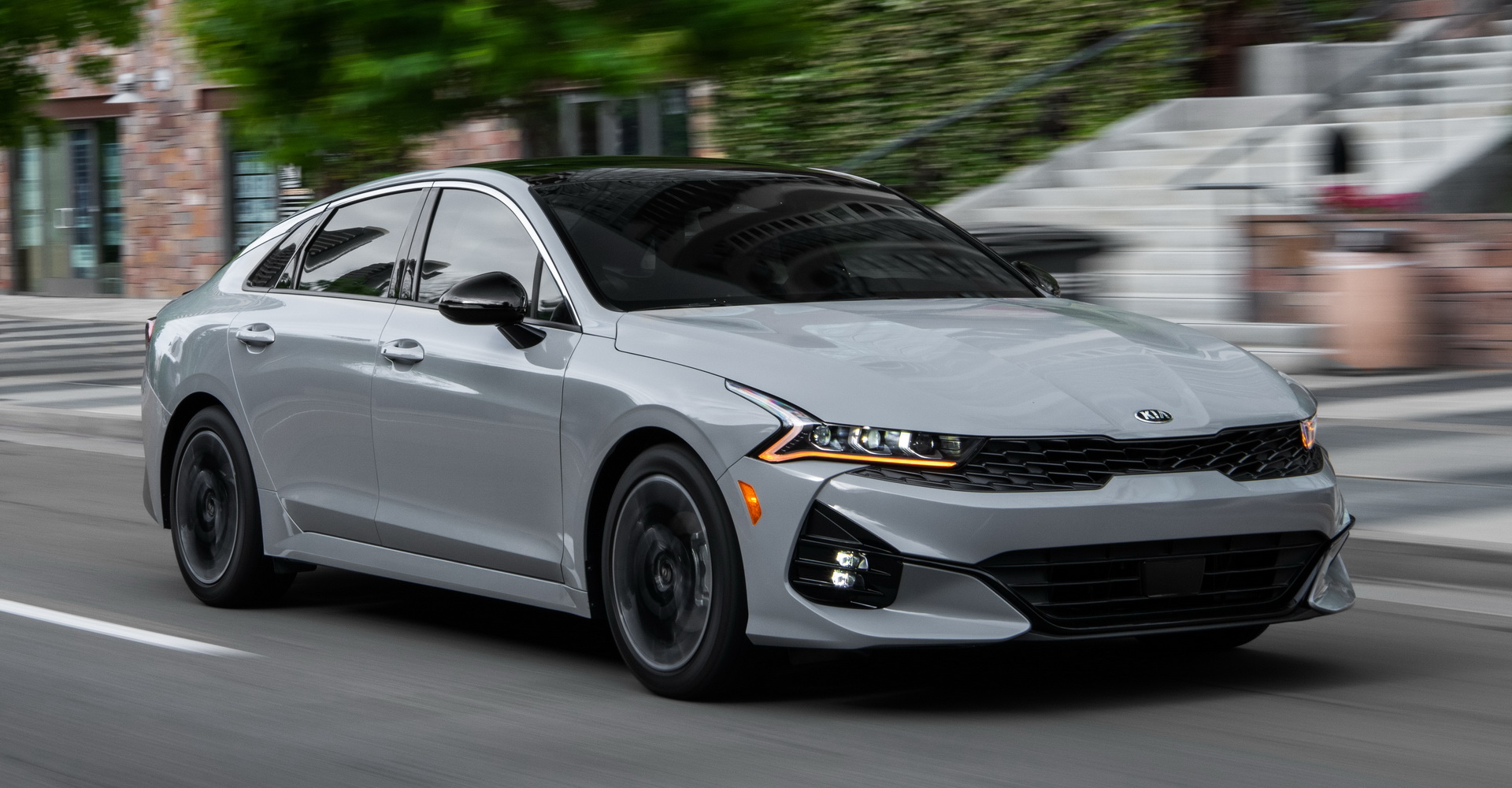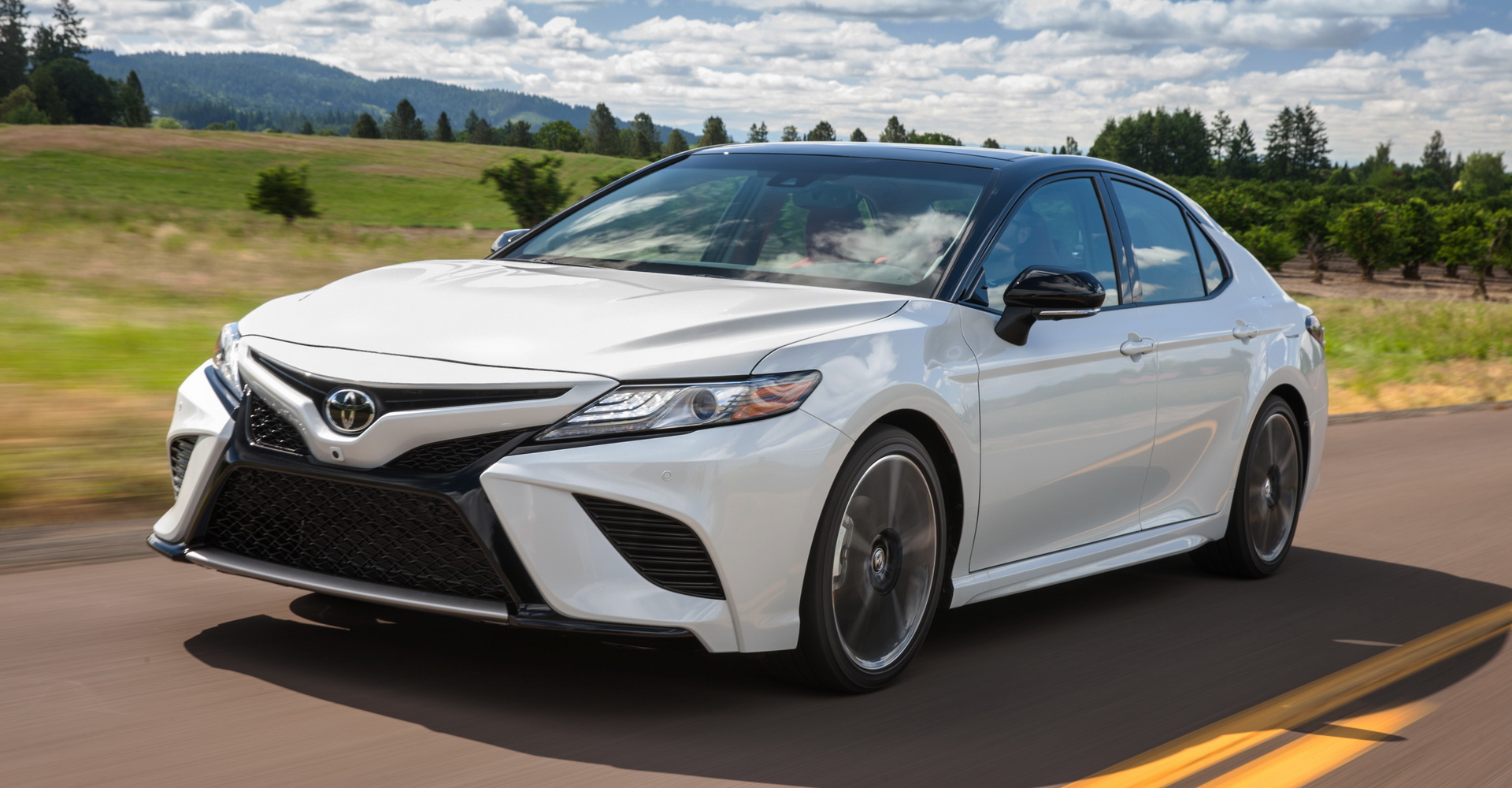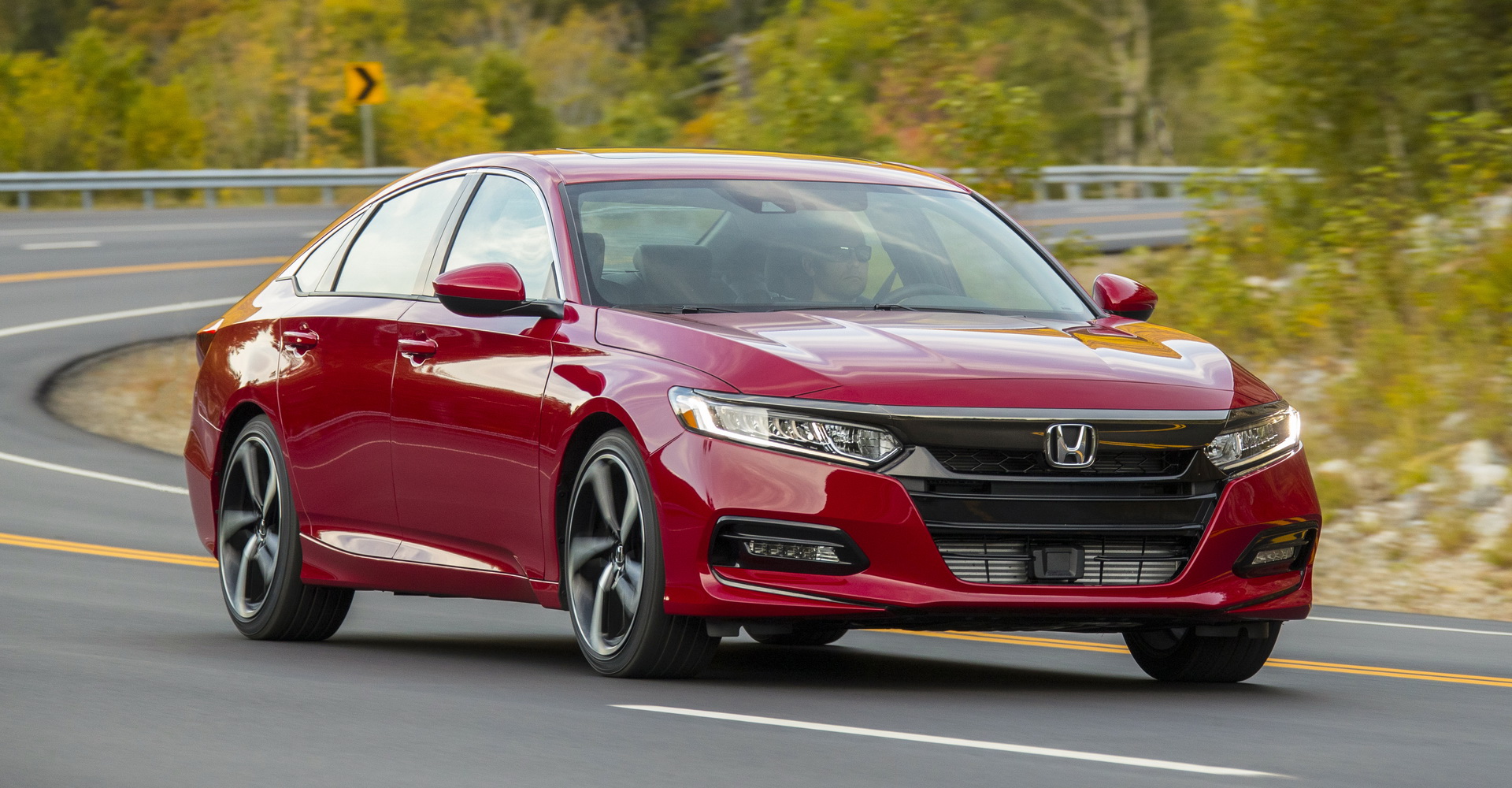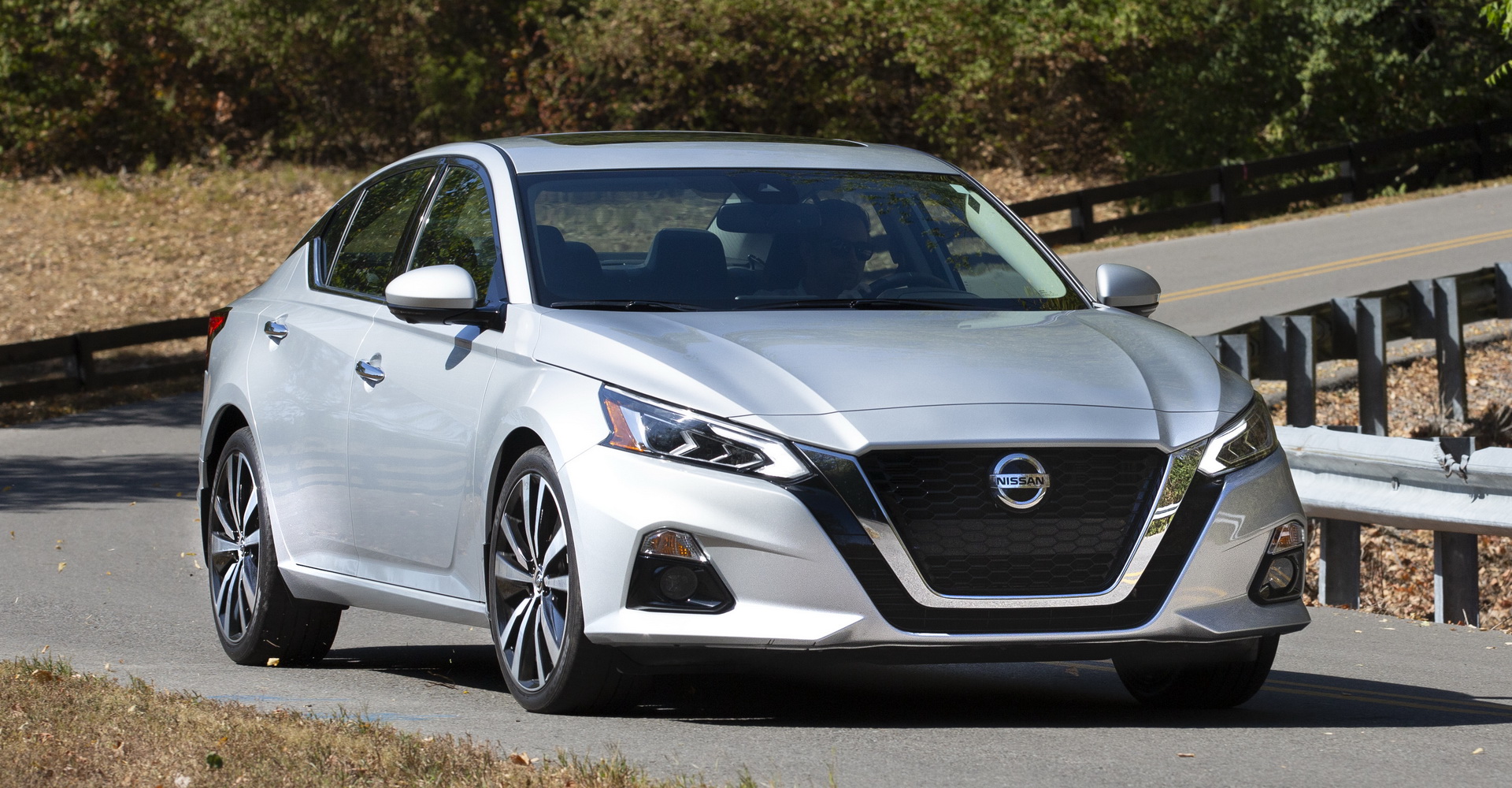Toyota has announced pricing for the 2022 Supra range and the cost of buying the car has risen, as has the cost of shipping the car to you.
For 2022, the entry-level 2.0-liter Supra rings in at $43,290, $300 more from its base price in 2021, which was $42,990. That’s not the extent of it, though. For 2022, Toyota has also upped its “Delivery Processing & Handling fee” from $995 to $1,025. So customers who waited until this year to buy a cheap Supra will actually be paying $330 more than they would have last year.
Prices for the 3.0-liter Supra have risen even more. Starting at $51,640 ($52,665 w/ destination) in 2022, that’s $650 more than customers were paying in 2021, which was already $1,000 more than they were paying in 2020.
Read Also: New A91-CF Limited Edition Adds Handmade Carbon Fiber Accents To 2022 Supra
The GR Supra 3.0 Premium also gets a bit of a price bump for 2022, with an MSRP of $54,790 ($55,815 w/ destination), or $300 more than it cost last year. It gets a red leather-trimmed interior option and models equipped with the Premium Audio package get full-screen Apple Car Play.
Finally, the A91-Carbon Fiber Edition is new to the lineup and prices start at a whopping $63,280 ($64,305 w/ destination). The model is limited to just 600 examples, though, and is the most exclusive Mark V Supra to date. It features handmade carbon fiber accents, including a duckbill spoiler, a front splitter, and rockers. It also gets unique 19-inch wheels and can be finished in matte-gray Phantom, Absolute Zero White, or Nitro Yellow.
Like the other 3.0-liter Supras, it makes 382 hp (387 PS/285 kW) and can get to 60 mph (96 km/h) in just 3.9 seconds. The 2.0-liter model, meanwhile, develops 255 hp (259 PS/190 kW) and can reach highway speeds in just five seconds. Both make more power than they did in 2020 thanks to upgrades introduced last year.
As a nice added touch, every 2022 GR Supra comes with a complimentary one-year membership to the National Auto Sport Association (NASA), which gives them access to perks like discounted admission to NASA events and a free high-performance driving event.
For GREAT deals on a new or used INFINITI check out Germain INFINITI of Easton TODAY!

